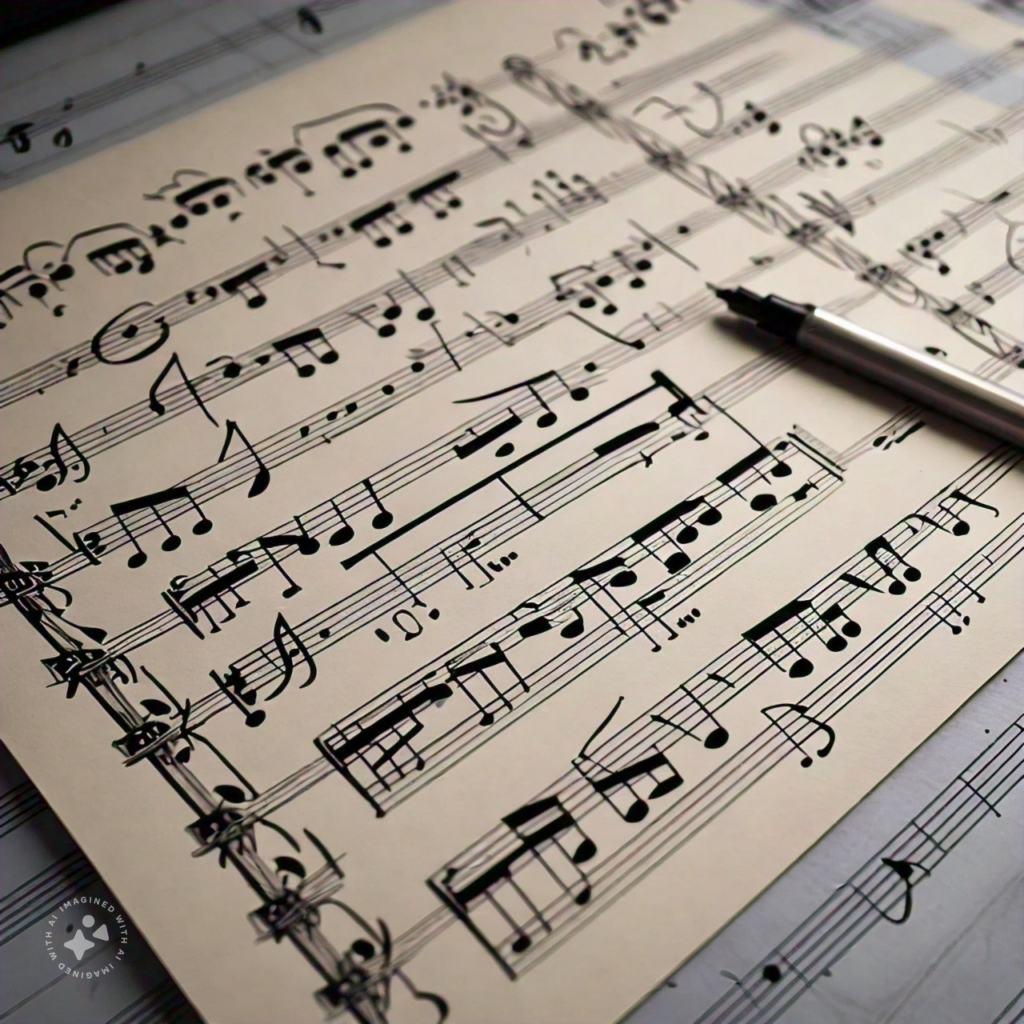Easy Overview of Counting Rhythms
Learning to count rhythms in music is a fundamental skill that provides the foundation for playing, understanding, and appreciating music. Rhythm is the element of time in music, and mastering it requires both intellectual understanding and physical practice. This essay will explore the importance of rhythms in music, the basics of counting rhythms, techniques for learning to count rhythms, and the benefits that come with mastering this skill.
The Importance of Rhythm in Music
Rhythms are one of the core components of music, along with melody and harmony. It is what drives the music forward and gives it structure. Without rhythms, music would lack coherence and direction. Rhythms help musicians stay in sync with each other and ensures that the various elements of a musical piece come together in a harmonious way.
In many ways, rhythm is the heartbeat of music. It is what makes you tap your feet, nod your head, or dance along to a tune. For musicians, understanding rhythms is crucial not only for playing an instrument but also for reading and writing music. A solid grasp of rhythm allows musicians to play more accurately, interpret music more effectively, and communicate better with other musicians.
Basics of Counting Rhythms
Counting rhythms involves understanding and internalizing the time signature, tempo, and note values in a piece of music. The time signature, usually found at the beginning of a piece, tells you how many beats are in each measure and what note value constitutes one beat. For example, a 4/4 time signature means there are four beats per measure, and the quarter note gets one beat.
Note values indicate the duration of each note within the context of the time signature. Common note values include whole notes, half notes, quarter notes, eighth notes, and sixteenth notes. Each note value is a fraction of the whole note, which typically spans four beats in common time.
Counting rhythms also involves understanding rests, which indicate silences in the music. Just like notes, rests have different values, including whole rests, half rests, quarter rests, and so on. Learning to count rhythms requires being able to count both the notes and the rests accurately.
Techniques for Learning to Count Rhythms
- Clapping and Tapping: One of the most effective ways to learn to count rhythms is by clapping or tapping them out. This physical activity helps internalize the rhythmic patterns and develop a sense of timing. Start with simple rhythms and gradually move to more complex ones. For example, clap the rhythm of a piece while counting the beats out loud. This reinforces the relationship between the written music and the physical act of producing the rhythm.
- Using a Metronome: A metronome is a valuable tool for learning to count rhythms. It provides a consistent beat, helping you stay on tempo. Start with a slow tempo to ensure accuracy, then gradually increase the speed as you become more comfortable. Practicing with a metronome also helps develop a steady sense of timing, which is crucial for playing with other musicians.
- Subdivision Practice: Subdividing the beats into smaller units can help with understanding more complex rhythms. For example, if you are working on a piece in 4/4 time, you can subdivide each beat into two (eighth notes) or four (sixteenth notes). Counting the subdivisions out loud while playing or clapping the rhythm can make it easier to grasp.
- Counting Aloud: Counting aloud while playing an instrument can significantly improve your rhythmic skills. This technique forces you to stay conscious of the timing and helps align your playing with the beats. It can be challenging at first, but with practice, it becomes more natural.
- Reading and Writing Rhythms: Just like reading and writing text improves literacy, reading and writing rhythms enhances rhythmic understanding. Practice reading rhythm exercises from music books and try writing your own rhythms. This will improve your ability to recognize and perform different rhythmic patterns.
- Listening and Imitation: Listening to music and trying to imitate the rhythms you hear is another effective way to learn. Pay close attention to how different rhythms are used in various genres and styles of music. Try to clap or play along with recordings, focusing on matching the rhythms accurately.
Benefits of Mastering Rhythm
Mastering rhythm has numerous benefits for musicians and music enthusiasts alike. For musicians, it leads to more precise and expressive playing. A good sense of rhythm enables musicians to play in time, sync with others, and add nuanced timing variations to their performances. It also improves sight-reading skills, as recognizing rhythmic patterns becomes second nature.
For composers and arrangers, a strong understanding of rhythms is essential for creating compelling music. Rhythm is a key element in building musical tension and release, creating grooves, and developing motifs.
Furthermore, mastering rhythm enhances overall musical appreciation. Listeners with a good sense of rhythm can better understand and enjoy the complexity and beauty of different musical styles. They are more attuned to the subtleties of timing and can appreciate the skill involved in creating and performing music.
In conclusion, learning to count rhythms in music is a foundational skill that opens up a world of musical possibilities. Through techniques such as clapping, using a metronome, subdivision practice, counting aloud, reading and writing rhythms, and listening and imitation, musicians can develop a strong sense of timing and rhythm. The benefits of mastering rhythms extend beyond technical proficiency, enriching both the performance and appreciation of music. Whether you are a beginner or an experienced musician, investing time in learning to count rhythms will undoubtedly enhance your musical journey.
If you’d like to learn more contact Los Feliz Guitar Lessons for you free first lesson!

